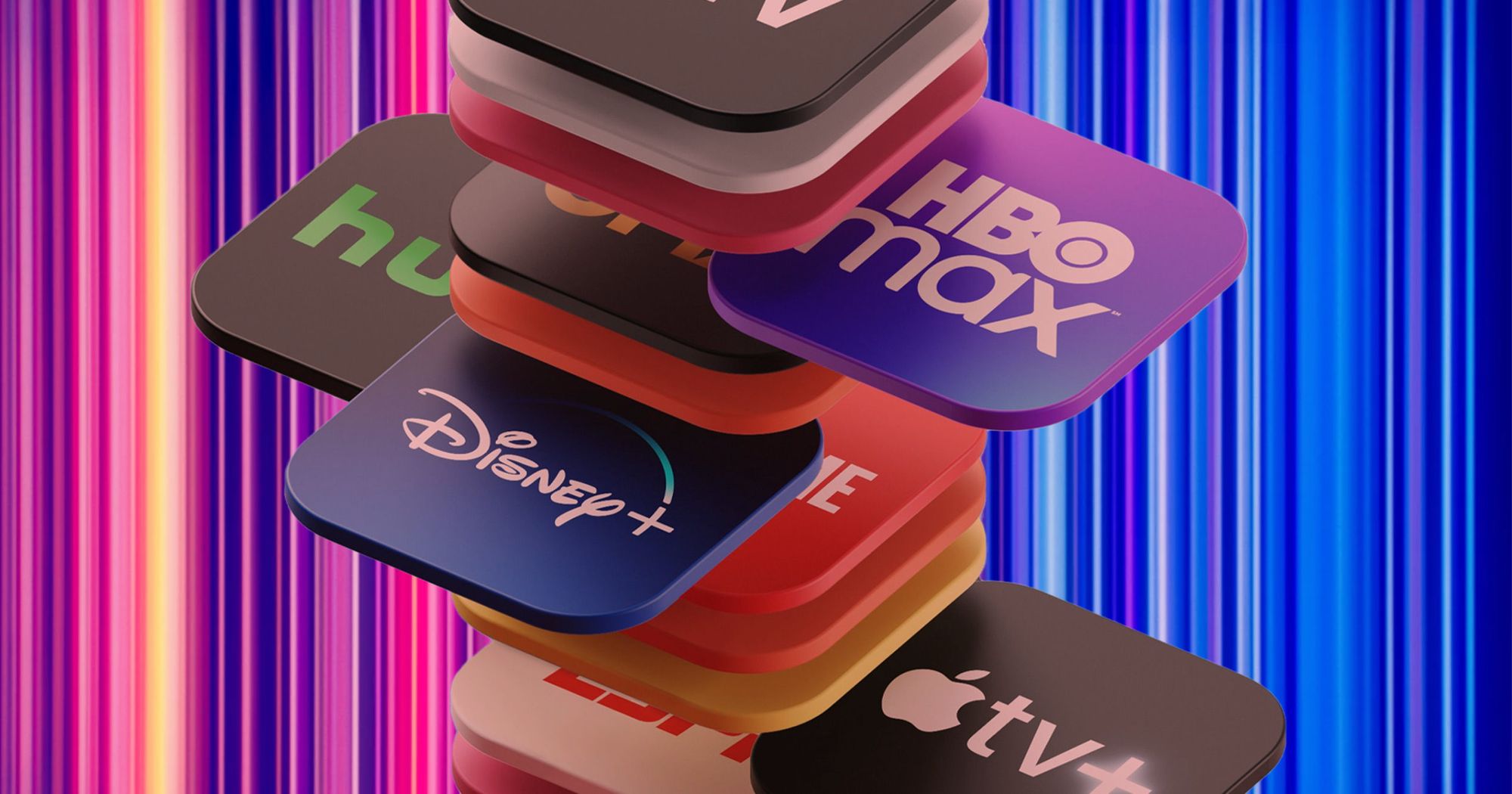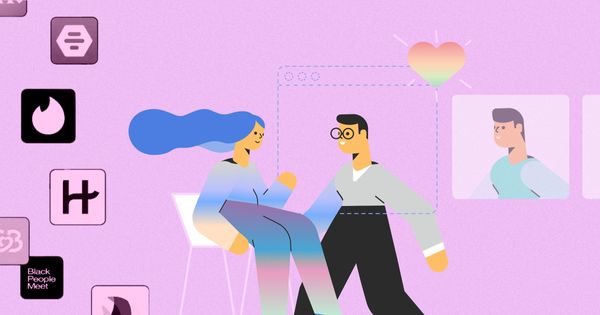Streaming services and streaming platforms are the future of how we consume media.
Streaming services have been around for a while now, but it was Netflix that made them popular and mainstream in the early 2010s.
With the rise of mobile devices and broadband internet, Netflix became one of the first ways people could watch shows on demand.
Nowadays, there are many other streaming services available such as Hulu, Amazon Prime Video, HBO Now, Disney Plus, YouTube TV and more that provide content from a wide range of genres.
How Streaming Redefines Creativity & Success in Entertainment
Streaming has become the new way to consume entertainment. It is the future of how we find, watch, and share content.
The two key factors that have contributed to streaming’s success are its accessibility and convenience. Streaming platforms like Netflix and Amazon Prime Video are available on almost every device imaginable, making it easier than ever to watch a show or purchase an item with just a few taps of your finger.
Streaming redefines creativity and success in entertainment and commerce by providing new ways for creators to reach their audiences without having to worry about producing something that will appeal to a mass audience.
The way content gets made has changed drastically in recent years and the industry is continuously evolving. Television, once king of the media world, is rapidly declining in popularity thanks to streaming services.
From small creators on YouTube and big-budget originals on Disney Plus and Apple TV, streaming is shaping the future of entertainment.
Creators have taken the world by storm, drawing in large audiences and inspiring original content. With the emergence of these new distribution platforms, these creators are set to change the way we think about television and cinema.
Big-budget entertainment, on the other hand, is still very much alive. In fact, each year there are more major motion pictures than ever before. As online viewing continues to grow with each passing year, the film industry is forced to adapt.
But what does that mean?
How might it change the way movies are made, distributed and received by audiences?
The way we watch and play has evolved rapidly and is expected to only continue to change in the coming years.
Shaping traditional network decisions?
The future of streaming services is largely up to the consumer. Streaming services have been around for a while now and have become a mainstay in the lives of many people. As technology continues to evolve, streaming services are evolving with it.
Take the case of Jane the Virgin, a popular TV show which typically generates 1.25 million impressions on CW's linear network - but that number jumps to a whopping 5 million when you add the digital release of episodes on CWTV.com and Hulu, and then jumps to 9.25 million if you factor in later viewing across Netflix, Amazon Prime and even The CW Seed.
Long-running broadcasting series are also reaping the benefits of streaming. Older shows we know and love, such as Grey's Anatomy and American Horror Story, are getting new life thanks to streaming services like Netflix and Hulu. And let’s not forget the classics like Office, Friends and Seinfeld which often rule the binge-watch charts.
So, it’s obvious that even traditional networks are now making decisions about which shows to greenlight or renew based on a program's streaming audience, rather than its live audience.
The Streaming Battle has begun
Netflix is the undisputed king of streaming. It has been around for a long time and it is the first name that comes to mind when people talk about streaming services. It has over 137 million subscribers, it is available in 190 countries and it produces some of the most popular TV shows and movies in the world.
But now there are more competitors than ever before. HBO Max, Disney+ and Amazon Prime are all competing to become the new Netflix. They have big names behind them with deep pockets to fund their endeavours - Disney, HBO and Amazon respectively - but they also have their own unique qualities that set them apart from Netflix.
One thing these competitors have in common is the quality of their original programming, with Netflix being best known for its original content. They've created a reputation for being the go-to streaming service for entertainment that people would rather watch on their own time, rather than solely when they're at home.
While other services have pledged to produce original content, both HBO and Showtime have so far declined to produce their own content for Netflix. As a result, Netflix does not offer as much exclusive content (as in, the programming it produces itself) as the other services.
The most important thing which has impacted the service from a consumer perspective is the change in its pricing. Since all these subscriptions don’t come cheap, consumers usually subscribe to only 2 or 3 of these services.
Considering this, Netflix has had to make changes to its pricing structure which has impacted its services as well. Netflix because of this has actually been losing a lot of subscribers. Furthermore, Netflix’s plan pricing has been so high that it does not competitively match other streaming services like Hulu or Amazon Prime Video which are cheaper.
Speaking of key competitors, Netflix faces fierce competition from Amazon Prime, Disney Plus and HBO Max. Disney Plus and HBO Max are fresher entrants to the game.
The Disney Plus library is a mix of live-action and animated movies. There are a lot of Disney classics in the library, but also a massive amount of new content. The same goes for HBO Max.
Disney Plus has exclusive content from Marvel, Pixar, and Star Wars franchises. This includes movies that are not currently available on other streaming services such as Netflix or Amazon Prime Video.
All Disney films, TV shows, and new releases will eventually end up on the service when they are available for purchase or rental. via other streaming services.
Also, not to forget HBO Max’s big DC Universe Lineup with Potter-verse and a lot more.
How will Streaming Wars Change the Entertainment Industry's Model?
The video streaming market made a staggering $53.96 billion in 2019, with projections of $159.62 billion by 2027, at a compound annual growth rate (CAGR) of 14.8%. TV and sports made up around half of that in 2019, but movies remain popular going forward.
Exclusive content is not the only great innovation either.
Providers like Netflix, Amazon Prime, and HBO are incorporating AI to provide more personal experiences. They also use it to target ads, keep content in line with regional age-sensitive content restrictions, and ensure originals being adapted into films fit the cultural norms of their target markets best.
Streaming services are a big part of the future, as they continue to offer better smart features and overtake traditional TV.
What's vital is that we rethink our viewing habits so that different stories can find their way to new audiences. Streaming services are here to stay. By challenging their algorithms and supporting the work of innovative and interesting filmmakers, your subscription fee might be worth something more valuable in the long run.
Allowing for more diversity and deeper stories with broader appeal.








